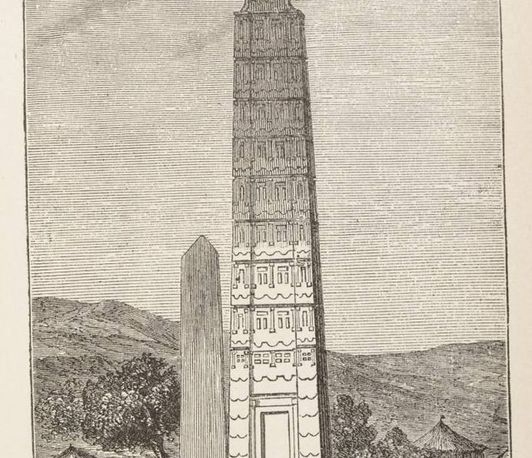Balancing protection and spoliation in the contemporary age: Looting and Restitution of African cultural Heritage
- Datum: 25.06.2024
- Uhrzeit: 13:00 - 14:00
- Vortragende(r): Michele Di Giuseppe
- Ort: mpilhlt
- Raum: A601
- Gastgeber: Romulo da Silva Ehalt and Maria del Pilar Mejía Quiroga
- Kontakt: mejia@lhlt.mpg.de

The presentation highlights the presence of a double track in the normative approach to the goods belonging to the Italian colonies in Africa in the first half of the twentieth century. While objects recognized as 'homogeneous' to the European cultural tradition went through a path that assimilated them to the 'standards' of metropolitan legislation, the symbolic-religious artifacts belonging to the native communities were reserved a less clear fate, which deserves careful analysis. The consideration of the nature of the object of protection constitutes a very relevant problem in the history of art-historical legislation, which can benefit from the use of the postcolonial perspective to investigate the strategies employed in the categorization of artistic products. Practices and discourses linked to the myth of the Roman Empire and to Western European aesthetic and religious principles were employed as instruments of "civilization" and "re-semanticization" of the African artistic heritage, in order to contribute to the construction of the image of the totalitarian Roman and Christian state and to legitimize its objectives, also on an aesthetic level.
Italian:
La presentazione mette in luce la presenza di un doppio binario nell’approccio normativo ai beni appartenenti alle colonie italiane in Africa nella prima metà del Novecento; mentre i beni riconosciuti come ‘omogenei’ alla tradizione culturale europea attraversarono un percorso che li assimilava agli ‘standard’ della legislazione metropolitana, agli oggetti simbolico-religiosi appartenenti alle comunità autoctone fu riservato un destino meno limpido, che merita un’analisi accorta. La considerazione della natura dell’oggetto di tutela costituisce pertanto un problema molto rilevante nella storia della legislazione storico-artistica, che può giovarsi dell’impiego della prospettiva postcolonial per indagare le strategie impiegate nella categorizzazione dei prodotti artistici. Le pratiche e i discorsi legati al mito dell’Impero Romano e a principi estetici e religiosi dell’occidente europeo, vennero impiegati come strumenti di “civilizzazione” e “risemantizzazione” del patrimonio artistico africano, per contribuire a costruire l'immagine dello Stato totalitario, romano e cristiano, e a legittimarne, anche sul piano estetico, gli obiettivi.